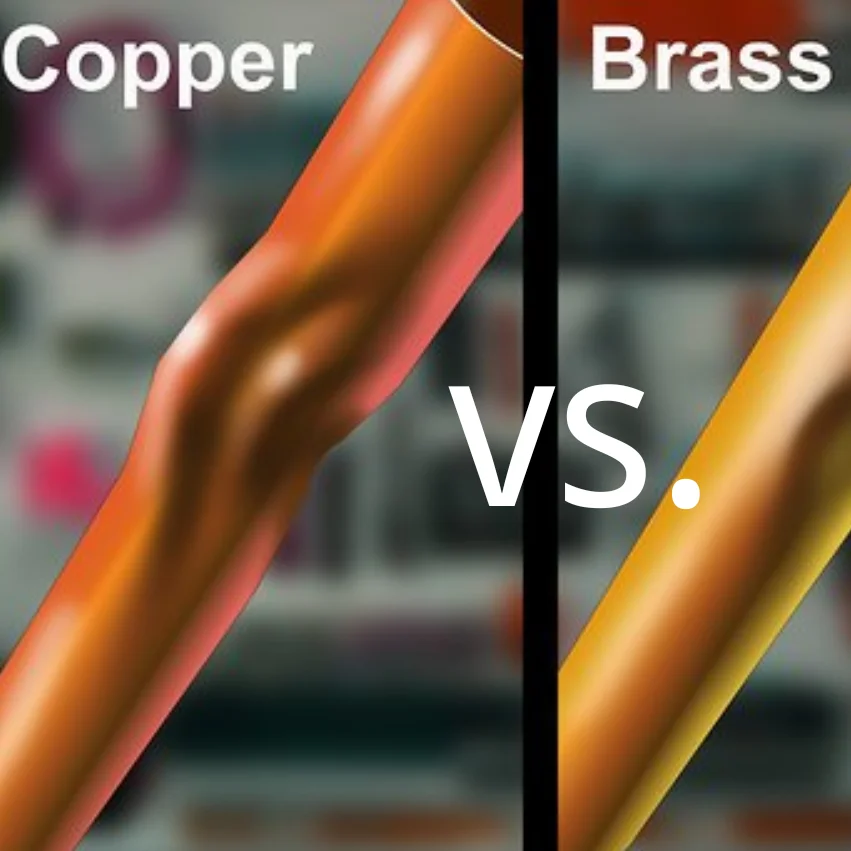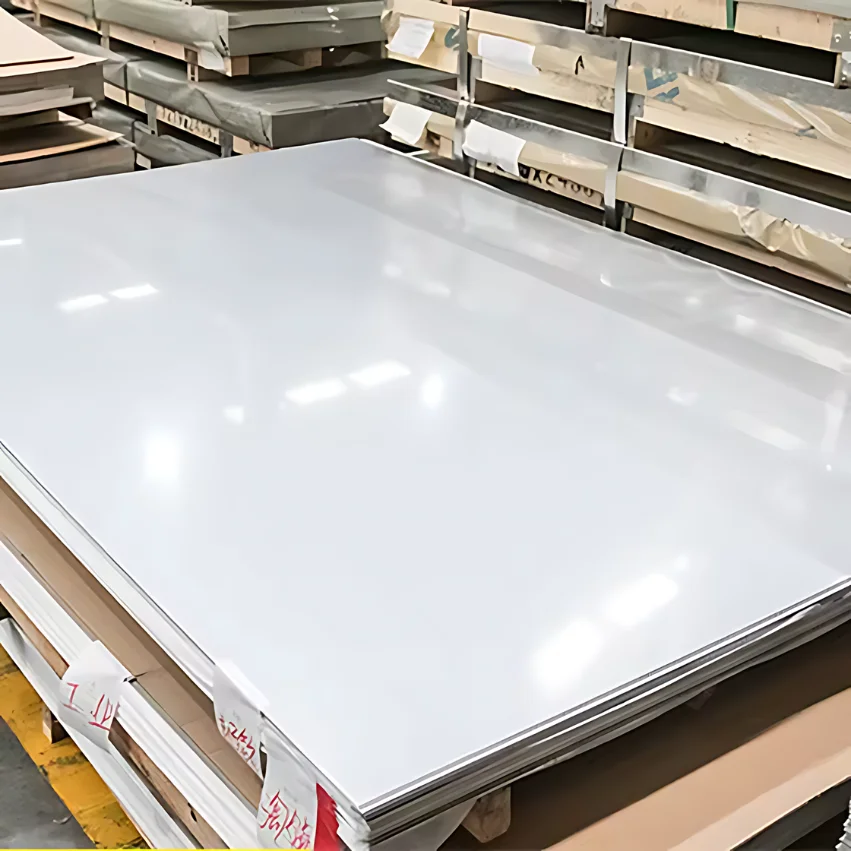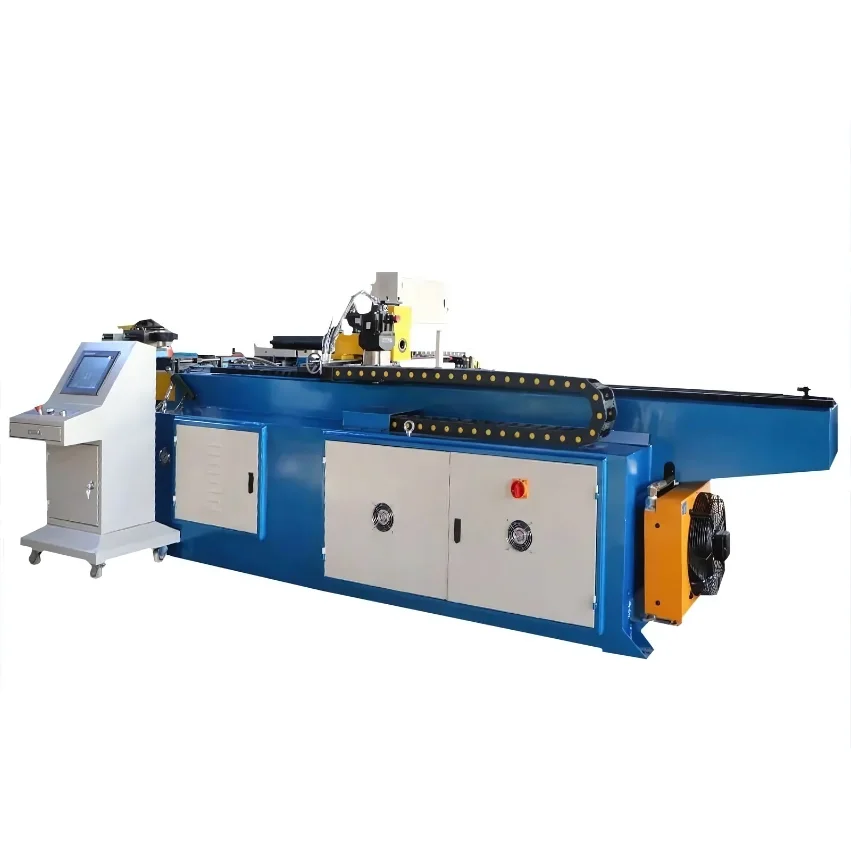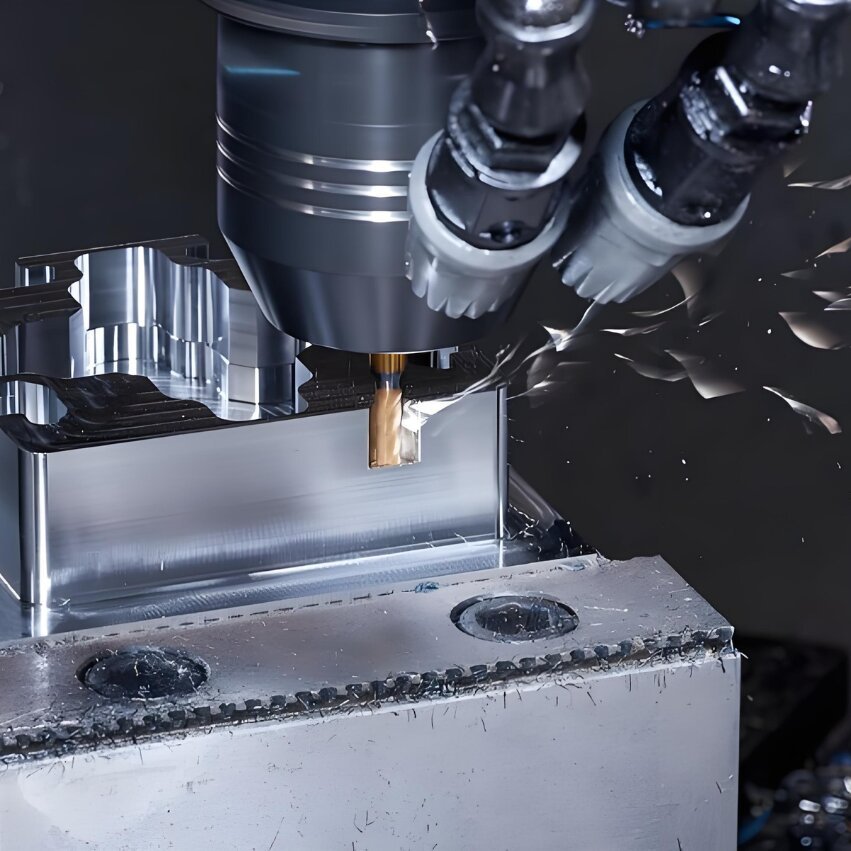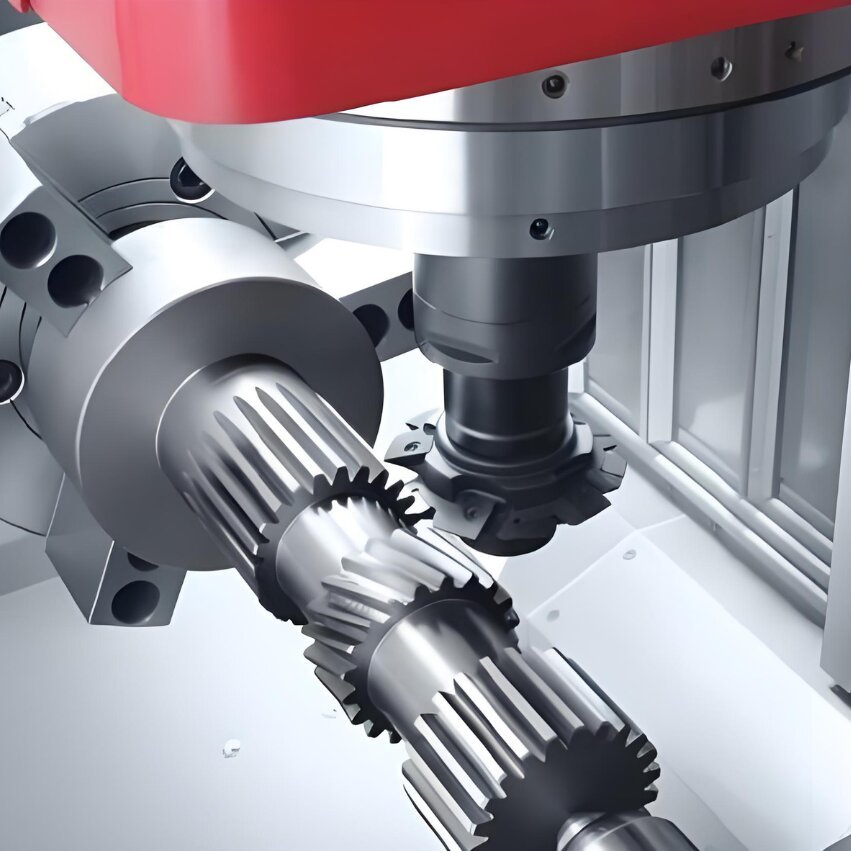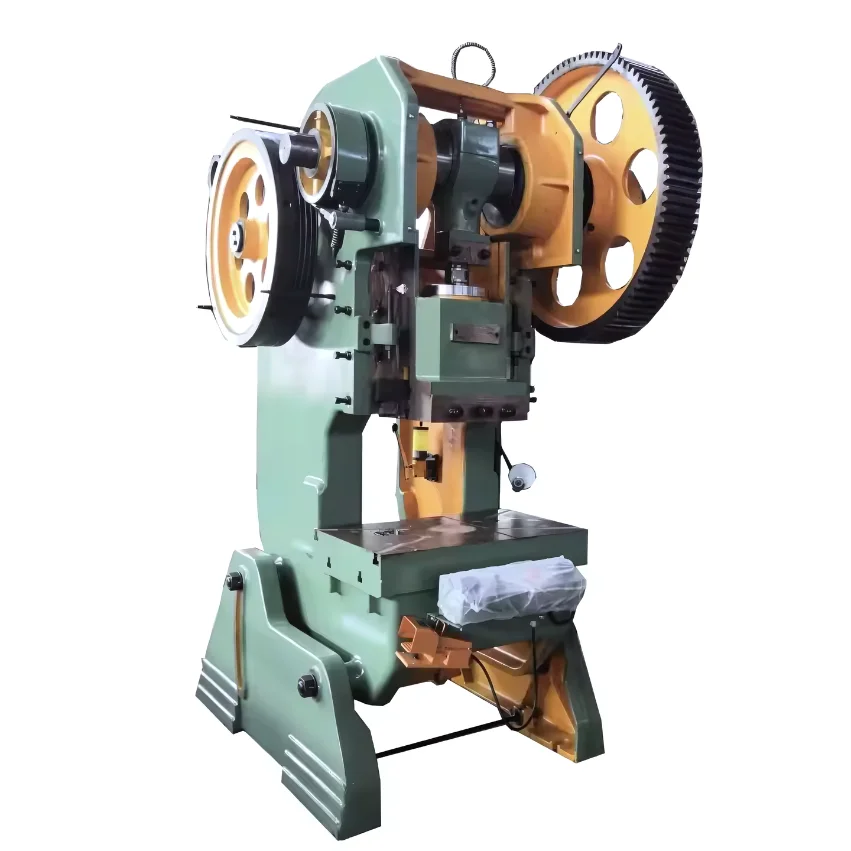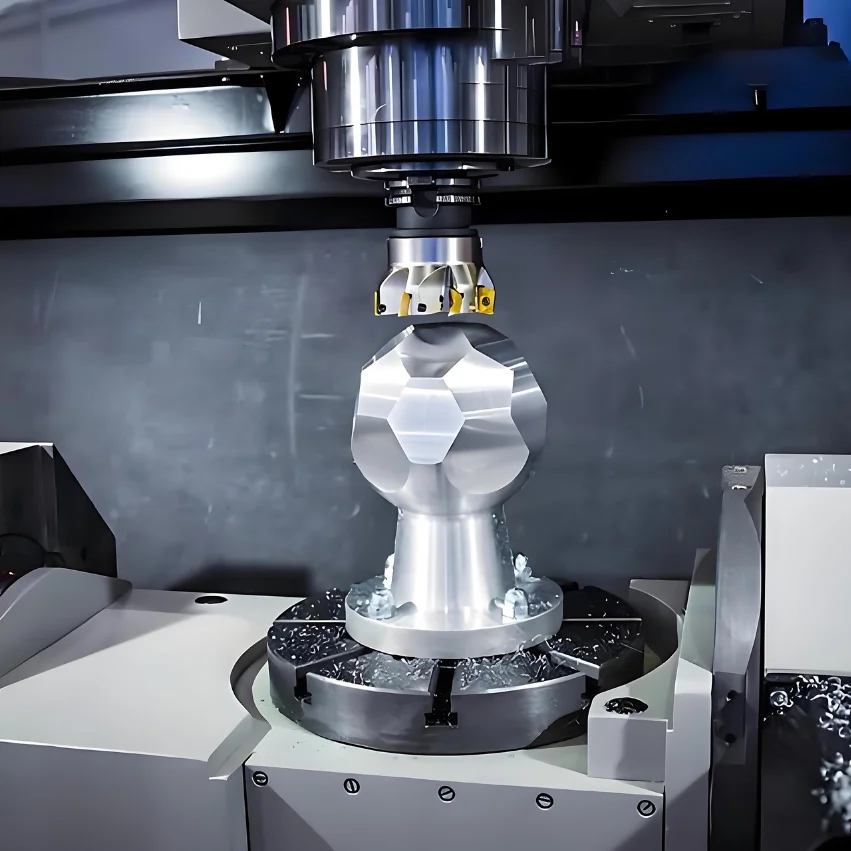How To Tell The Difference Between Copper And Brass?
Specific ways to tell the difference between copper and brass, including visual cues, stamping codes, hardness testing, and more So, how do you tell the two metals apart? In this guide, we’ll take a deep dive. What Is Copper? Copper, a reddish-brown metal, is one of the oldest metals used by humans and is prized …
How To Tell The Difference Between Copper And Brass? Read More »

